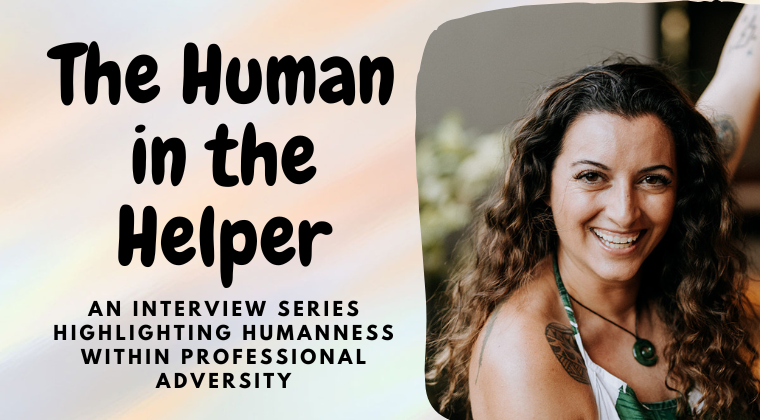Gabrielle shows up as vibrant, friendly, and personable, which serves her well as a mental health leader and Licensed Clinical Social Worker. She’s made quite the name for herself as an entrepreneur and consultant serving therapists and professionals around burnout and burnout prevention. With her passion, beautiful tattoos, and love of Zumba, it’s hard to believe she’s already experienced significant professional burnout in her career.
“I woke up one day and hated it,” Gabrielle shared. “My clients were no longer my ideal clients. I didn’t have the boundaries I needed. I kept hearing my own voice in my head say, ‘this is how it is.” But Gabrielle found out that things could be different. She was venting about how tired she was to a colleague in another industry one day. Their response? Sell your practice.
“I found myself fantasizing about selling, but with the number we came up with, it didn’t seem worth the work.” At least at first. Gabrielle spoke to how she’d entered the mental health industry while working three jobs, and was subscribing to the hustle and grind culture of being a Millennial. “I believed that the harder I worked, the better it would be.” Which lead to burnout. Gabrielle recalls how she worked a job where she and her colleagues were expected to work long hours, take their work computers home, and come in on Saturdays or Sundays to get caught up.
Gabrielle then moved into private practice, rapidly growing into a group practice serving a community in need. She acknowledged that she built her business fast with the same drive of previous jobs and hadn’t worked on all of her own stuff as a person and professional. “This is what business ownership is about,” she told herself when she felt it catching up to her. Then she got the call to sell her business. “I had to ask myself, what do I want my life to look like?”
Gabrielle is a trailblazer in the mental health community by challenging the assumptions that success means a full private-pay practice or group practice ownership. “I have no regrets, this is alignment with my values,” she said of selling her practice. When asked what she wants other therapists to know, she shared, “you can create your dream life! There are so many options.” She warned against comparison to colleagues or listening to the ‘shoulds.’ She named how therapists have set high expectations for themselves, saying “we didn’t talk about the risks of burnout in school.”
When reflecting on her current roles of being a business and burnout consultant, Gabrielle shared a story of how an old job asked for self-care tools to be donated to their self-care room for employees. “This isn’t something essential oils are going to fix.” We have to agree.
To learn more about Gabrielle and how she can help colleagues and professional communities heal from burnout, visit her website at https://gabriellejulianovillani.com/
Things happen to us as humans, even as we support our clients as professional helpers. Do you have a story you want to share with the mental health community? Email us at croswaitecounselingpllc@gmail.com to learn more about The Human in the Helper Series!



